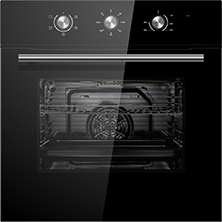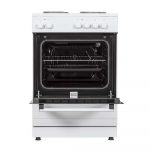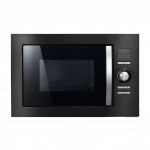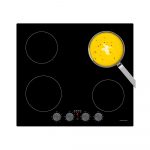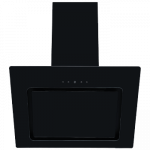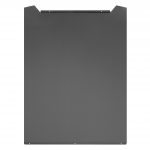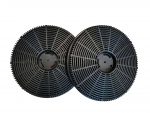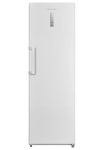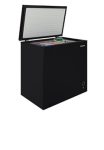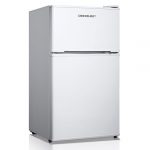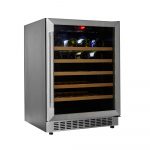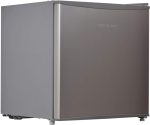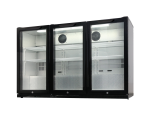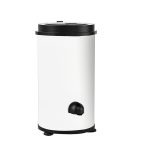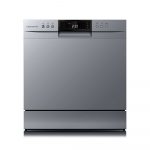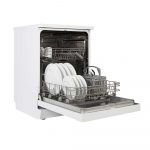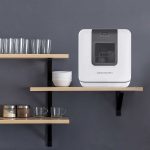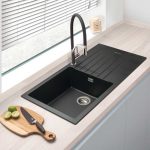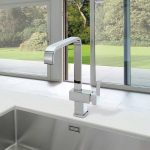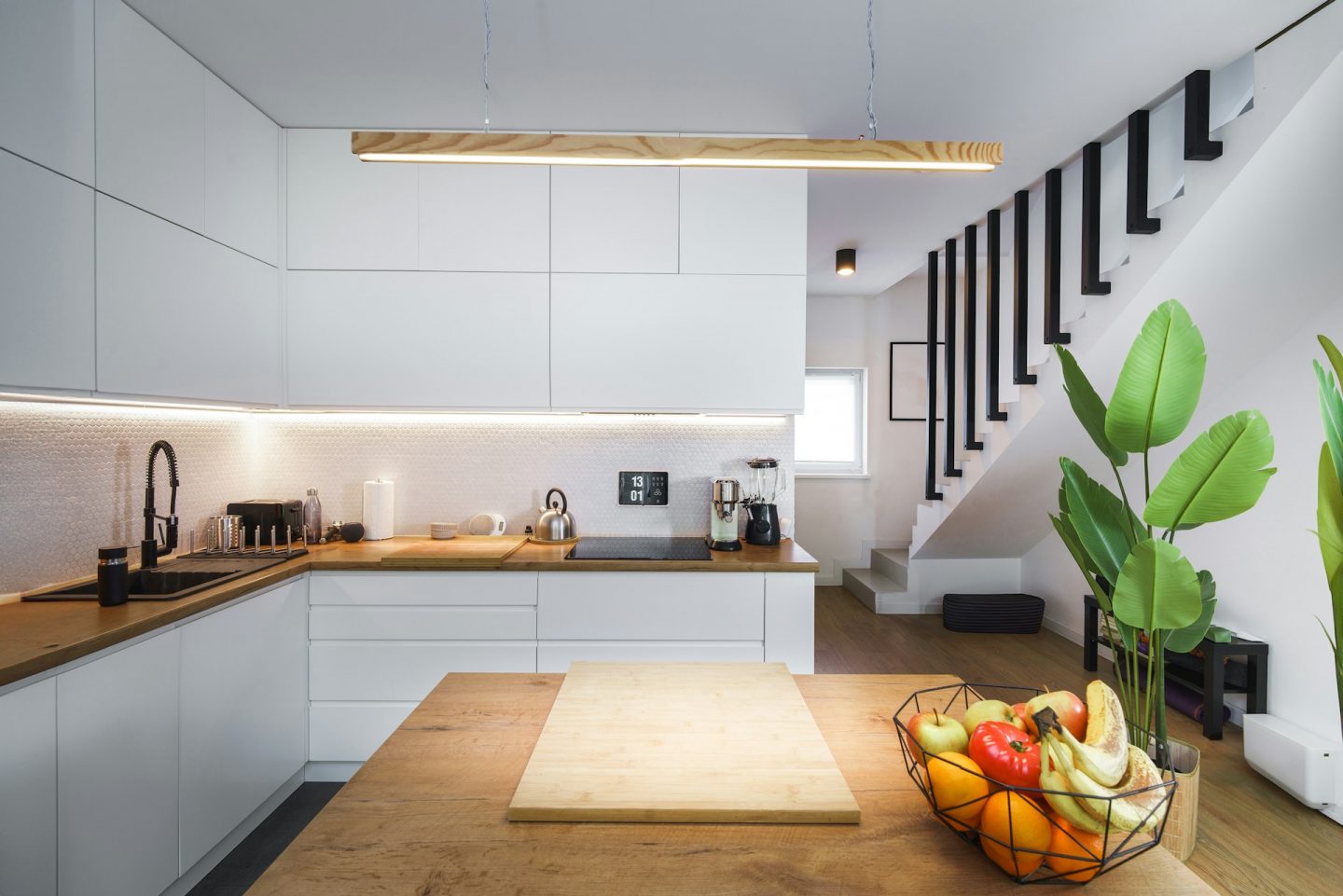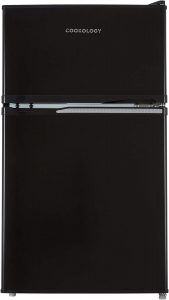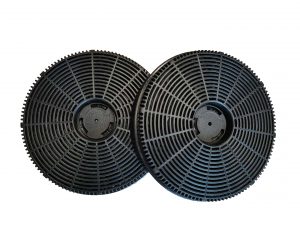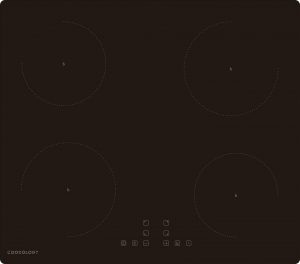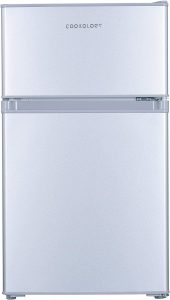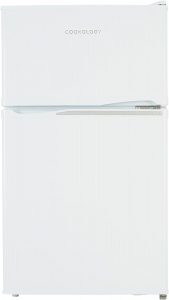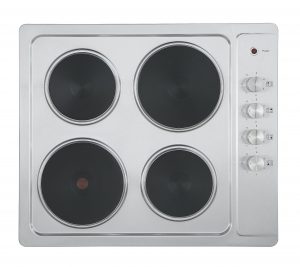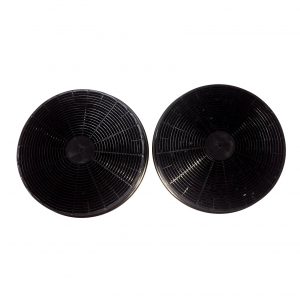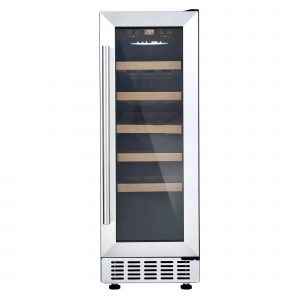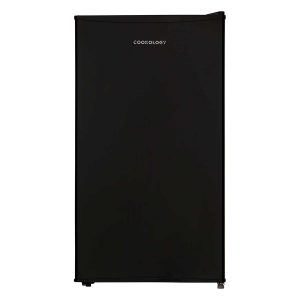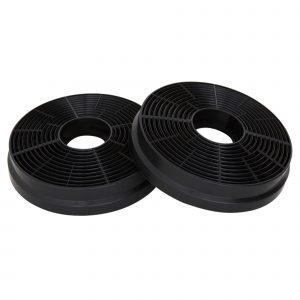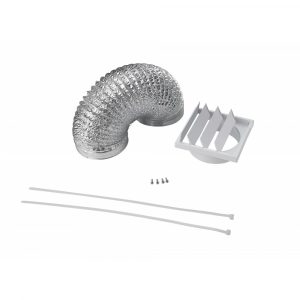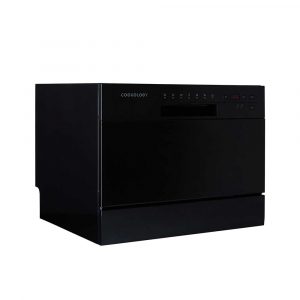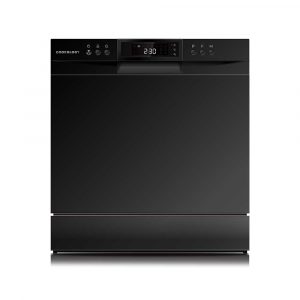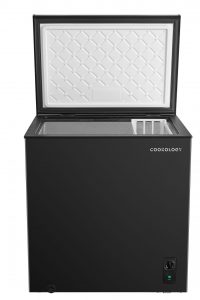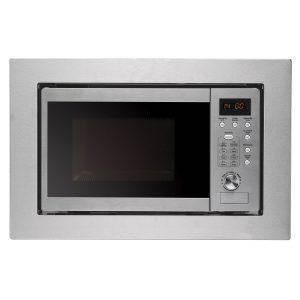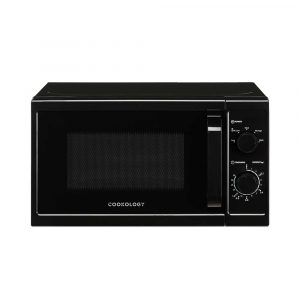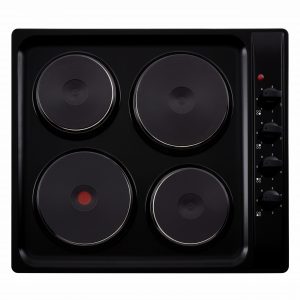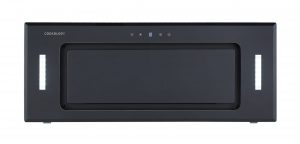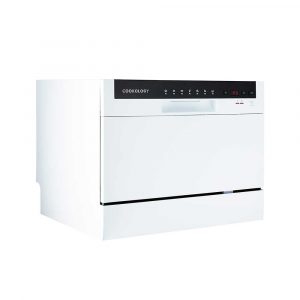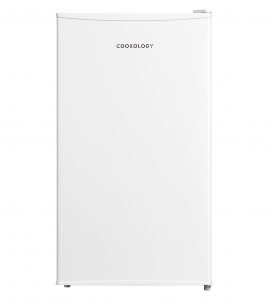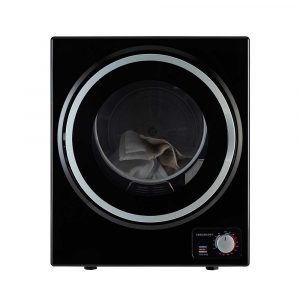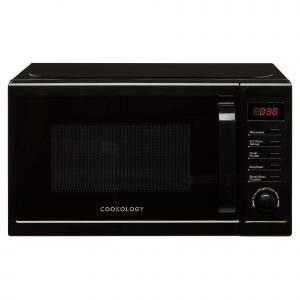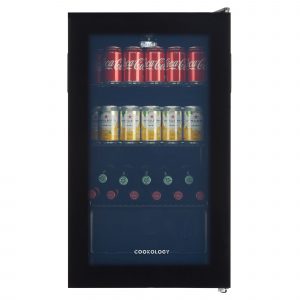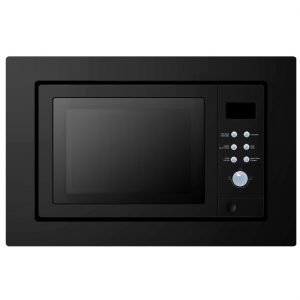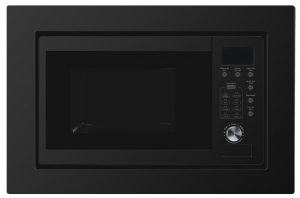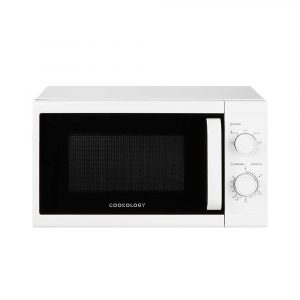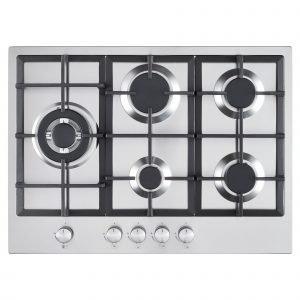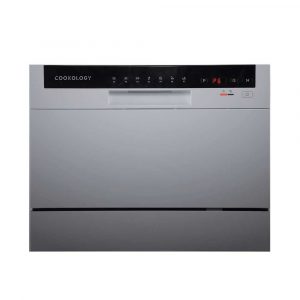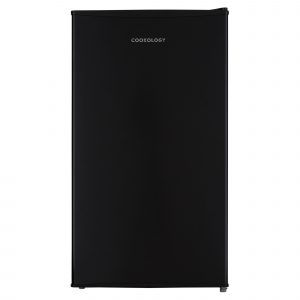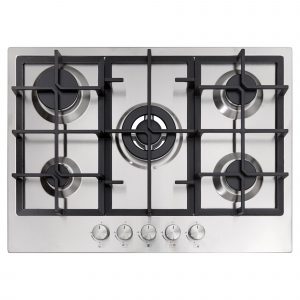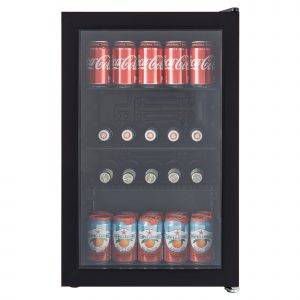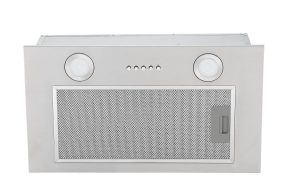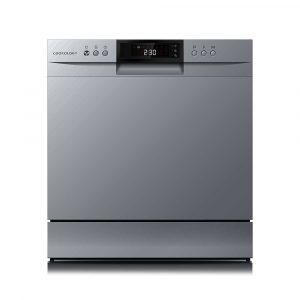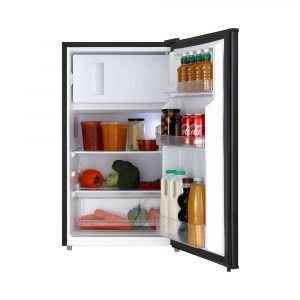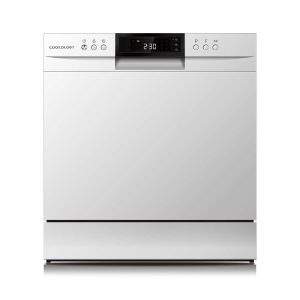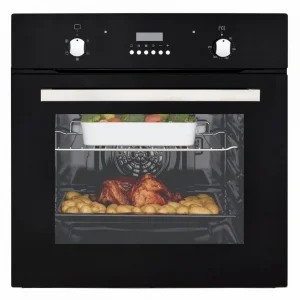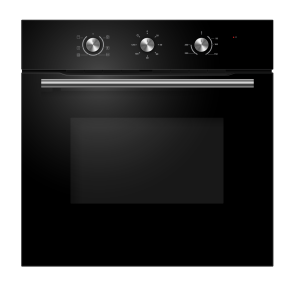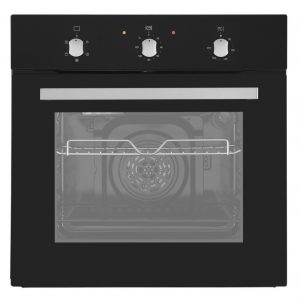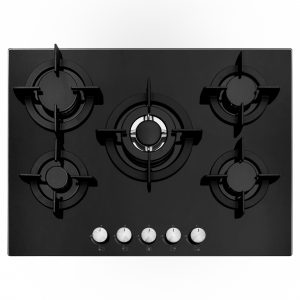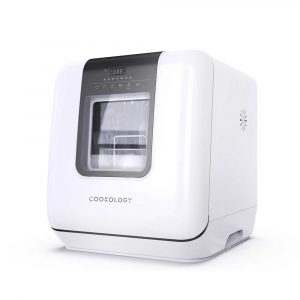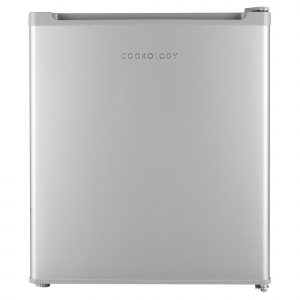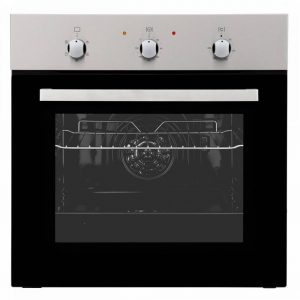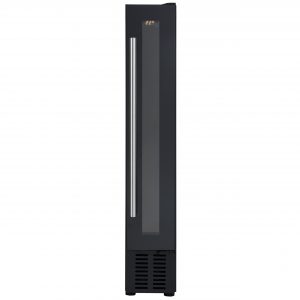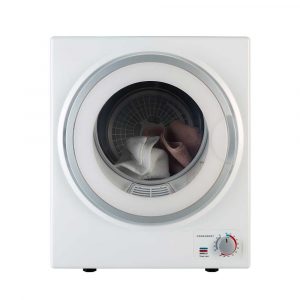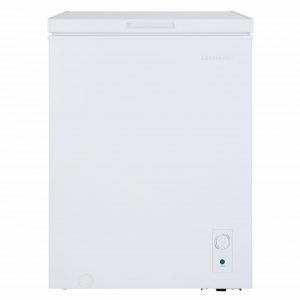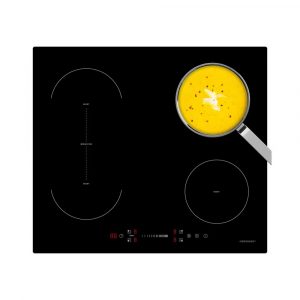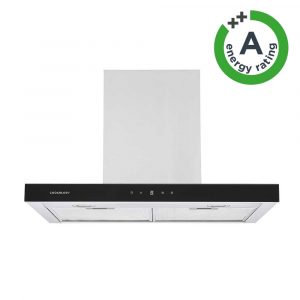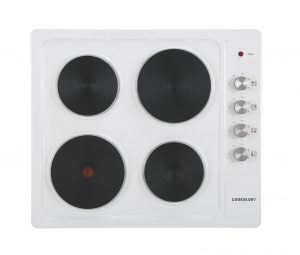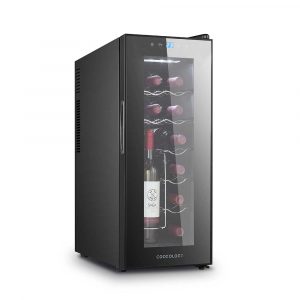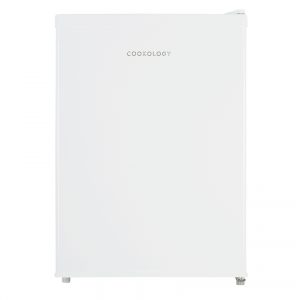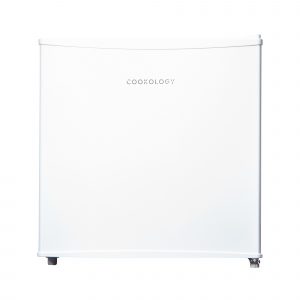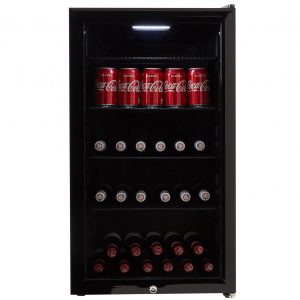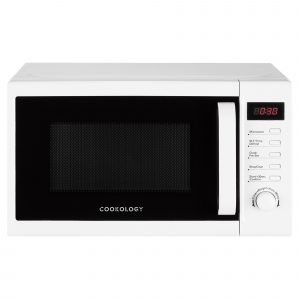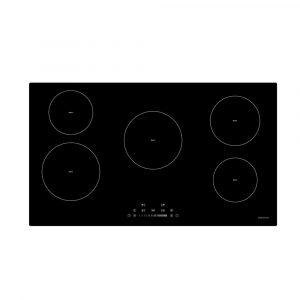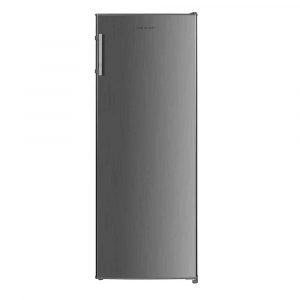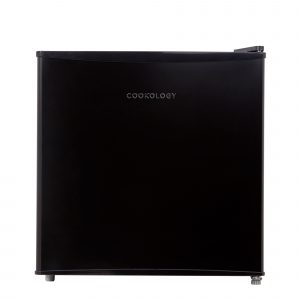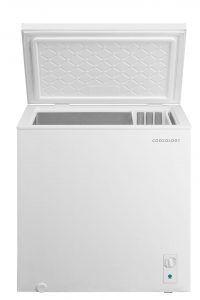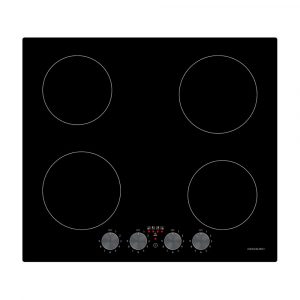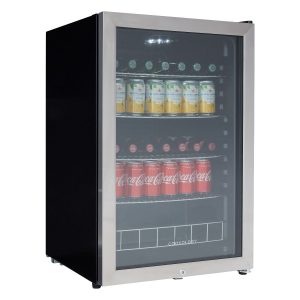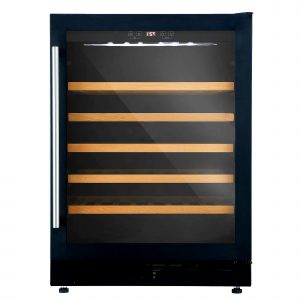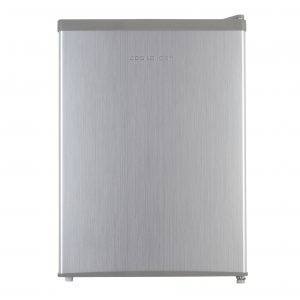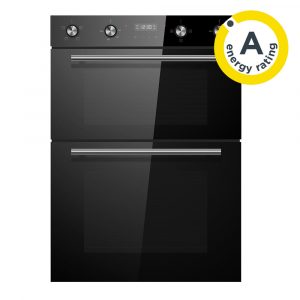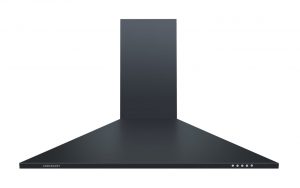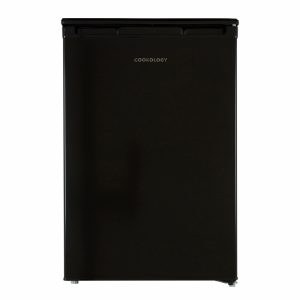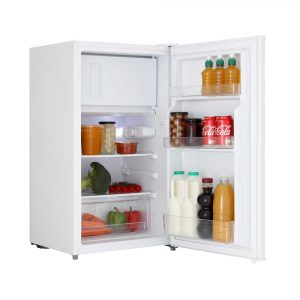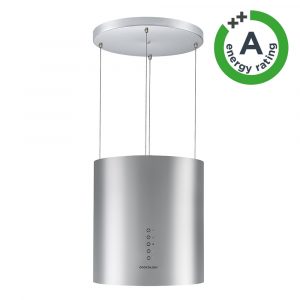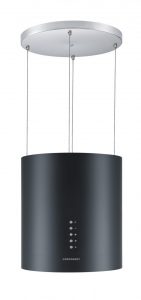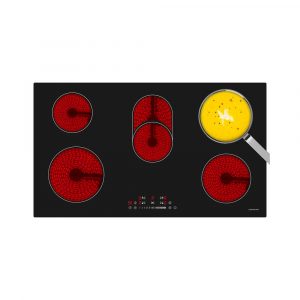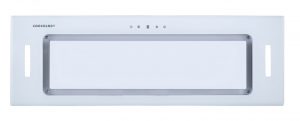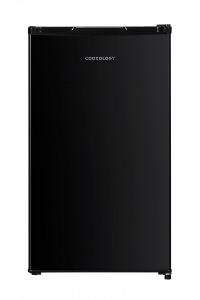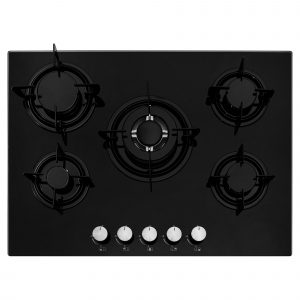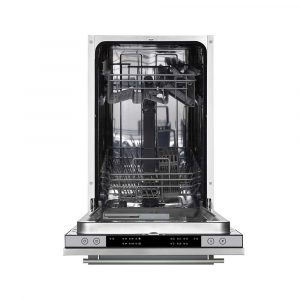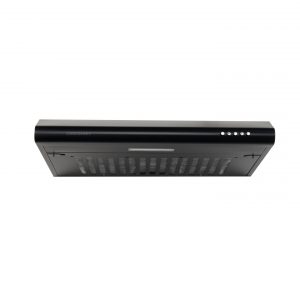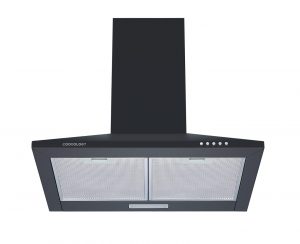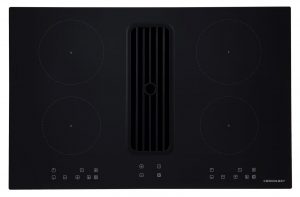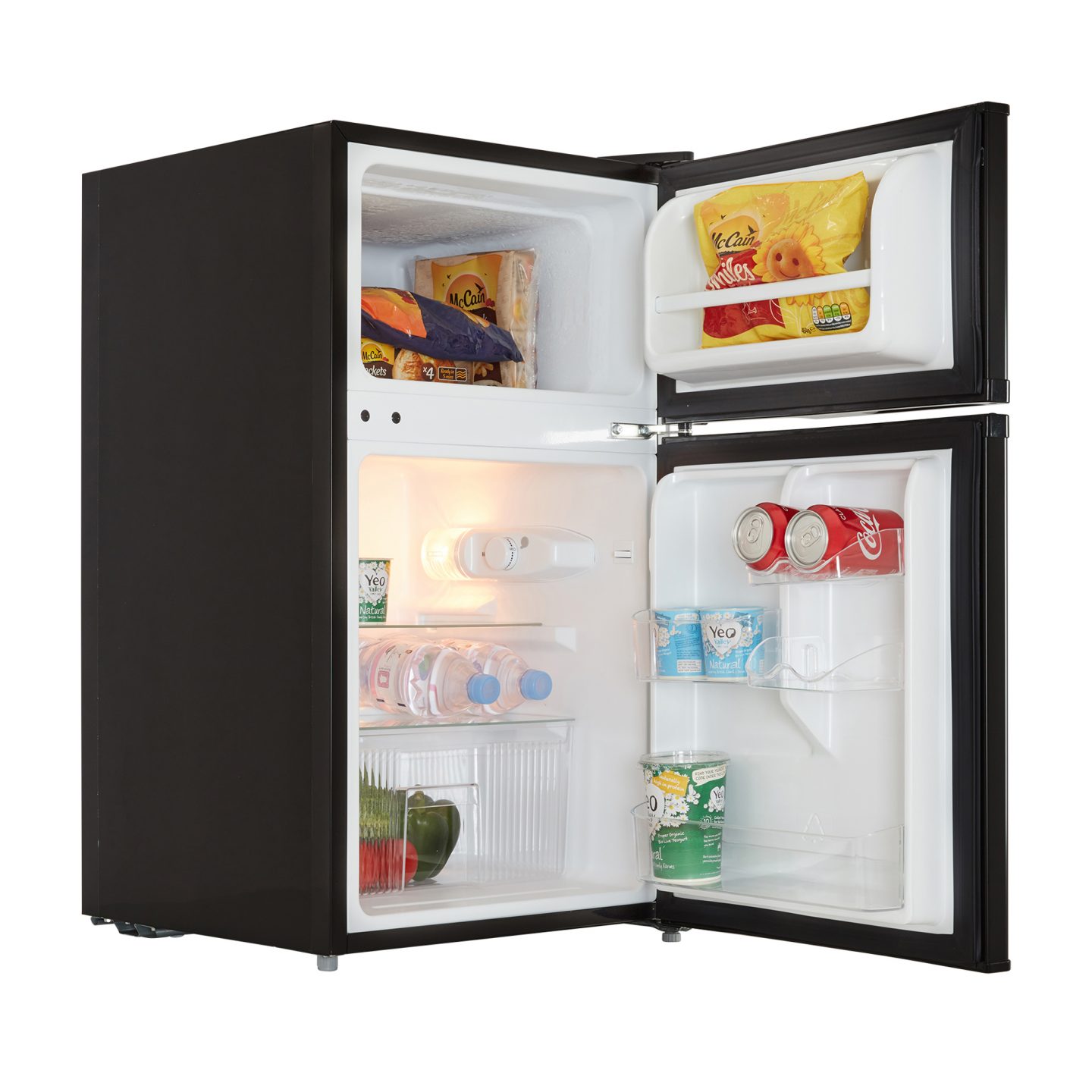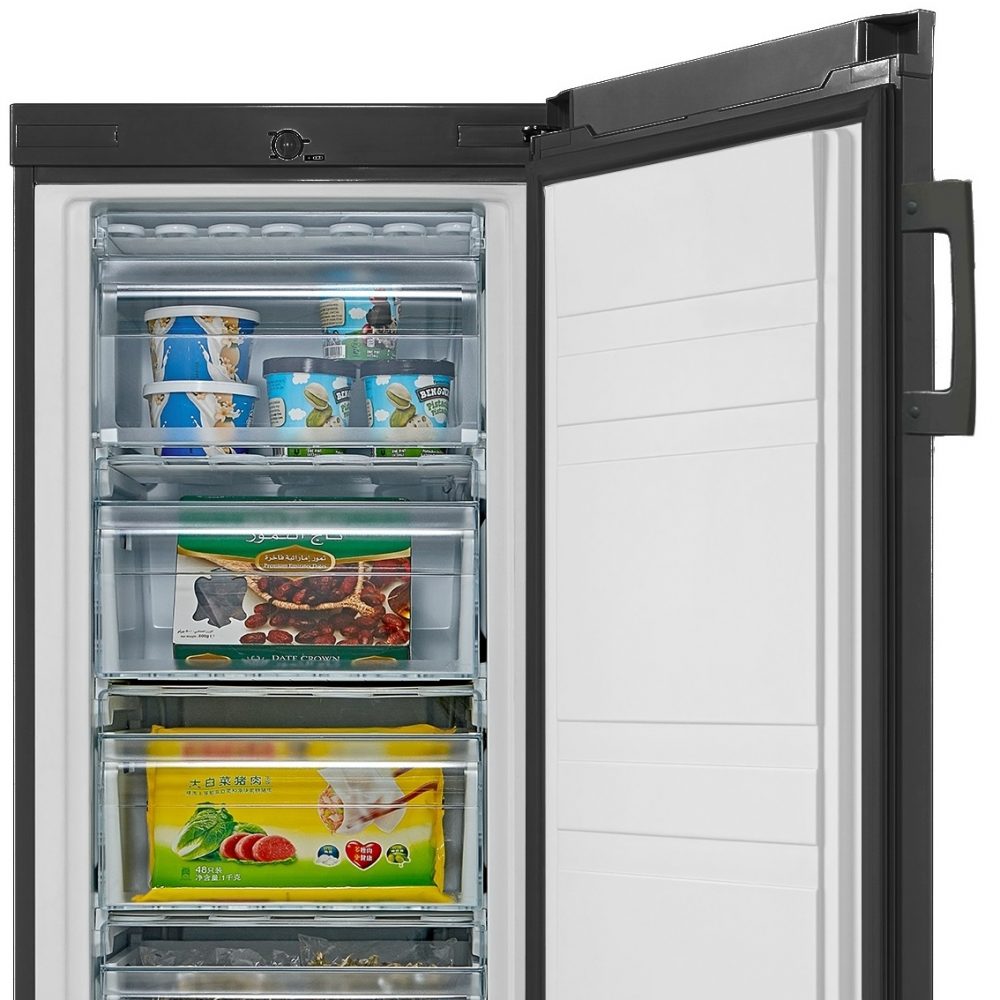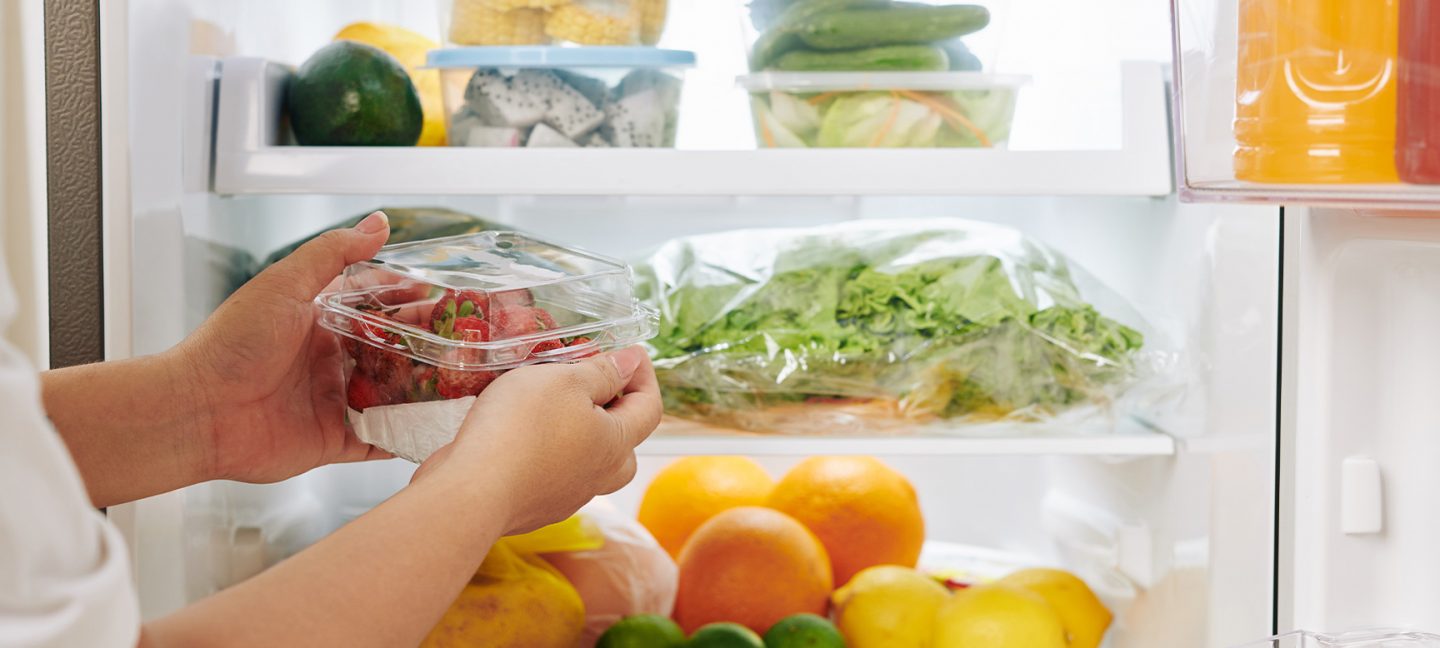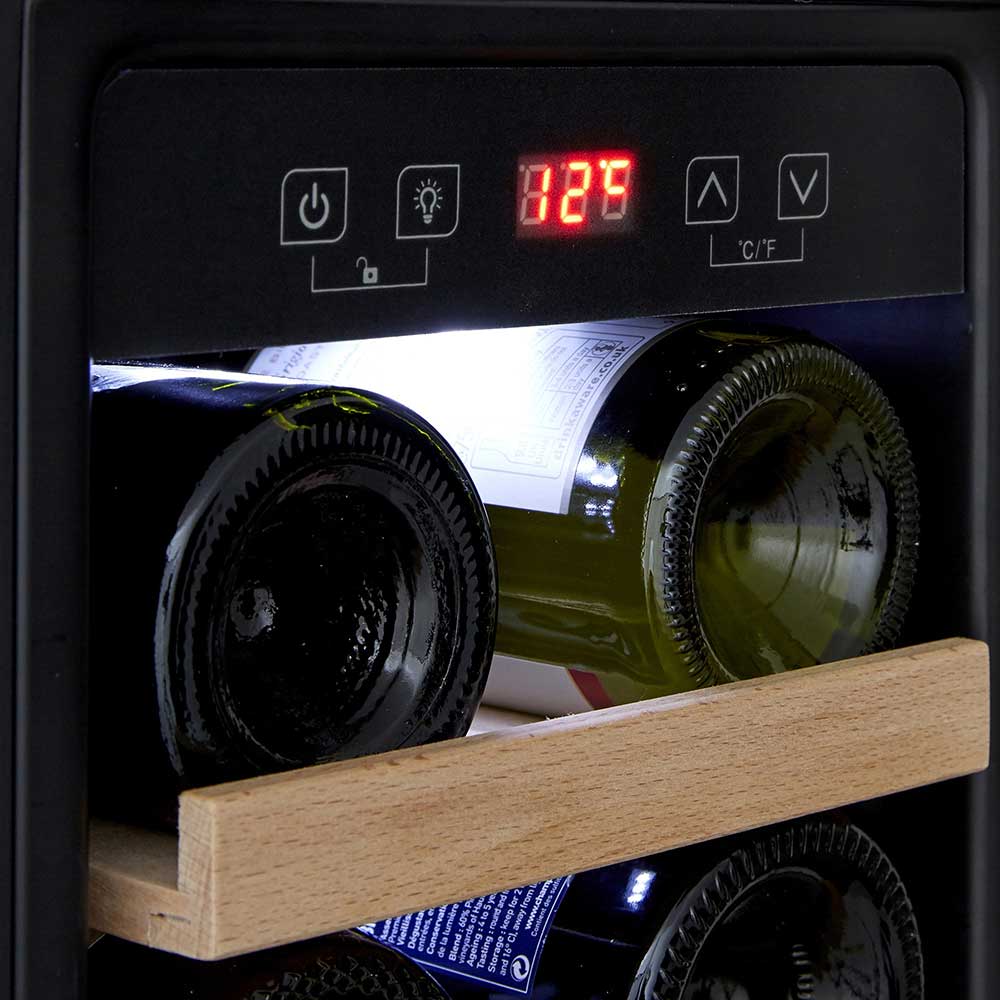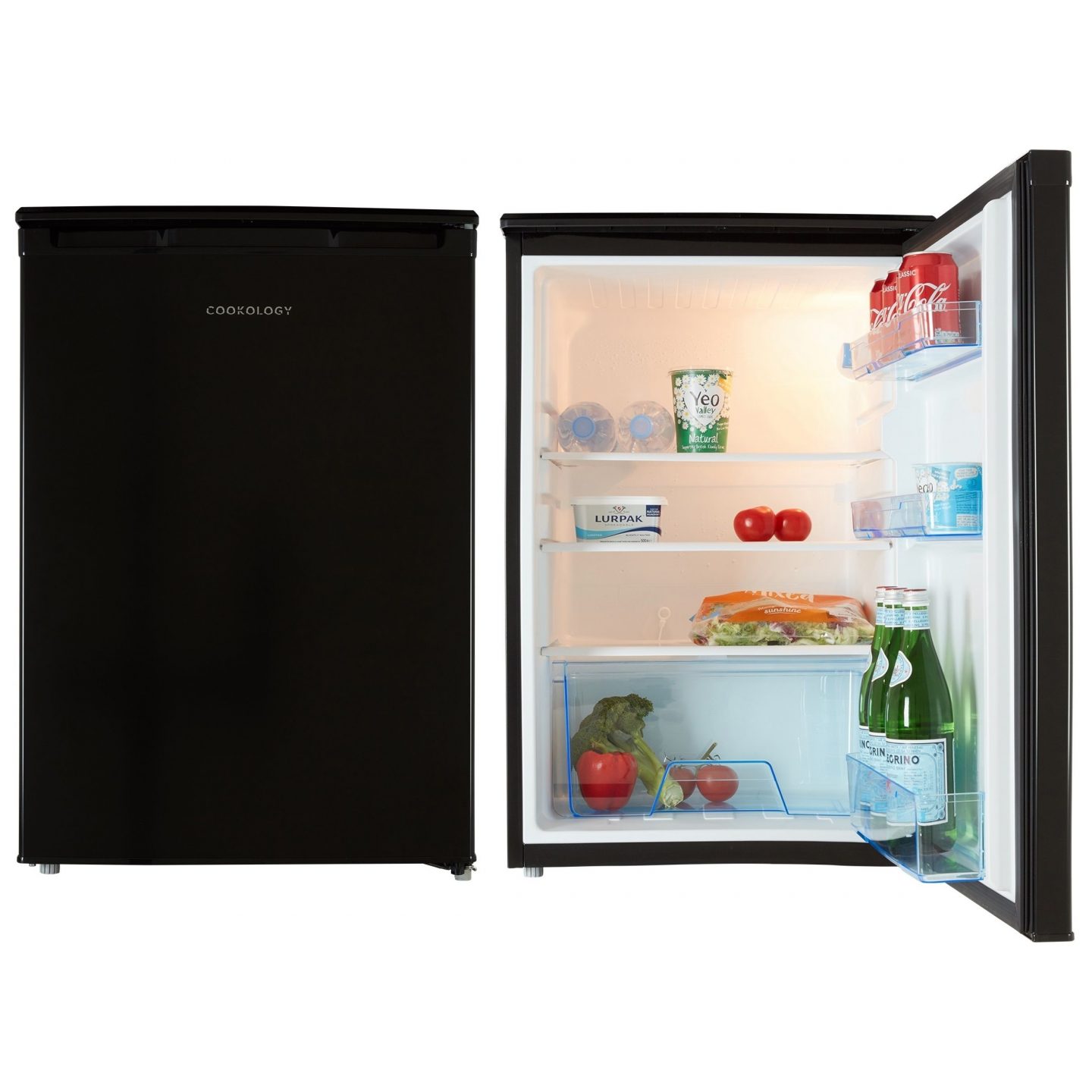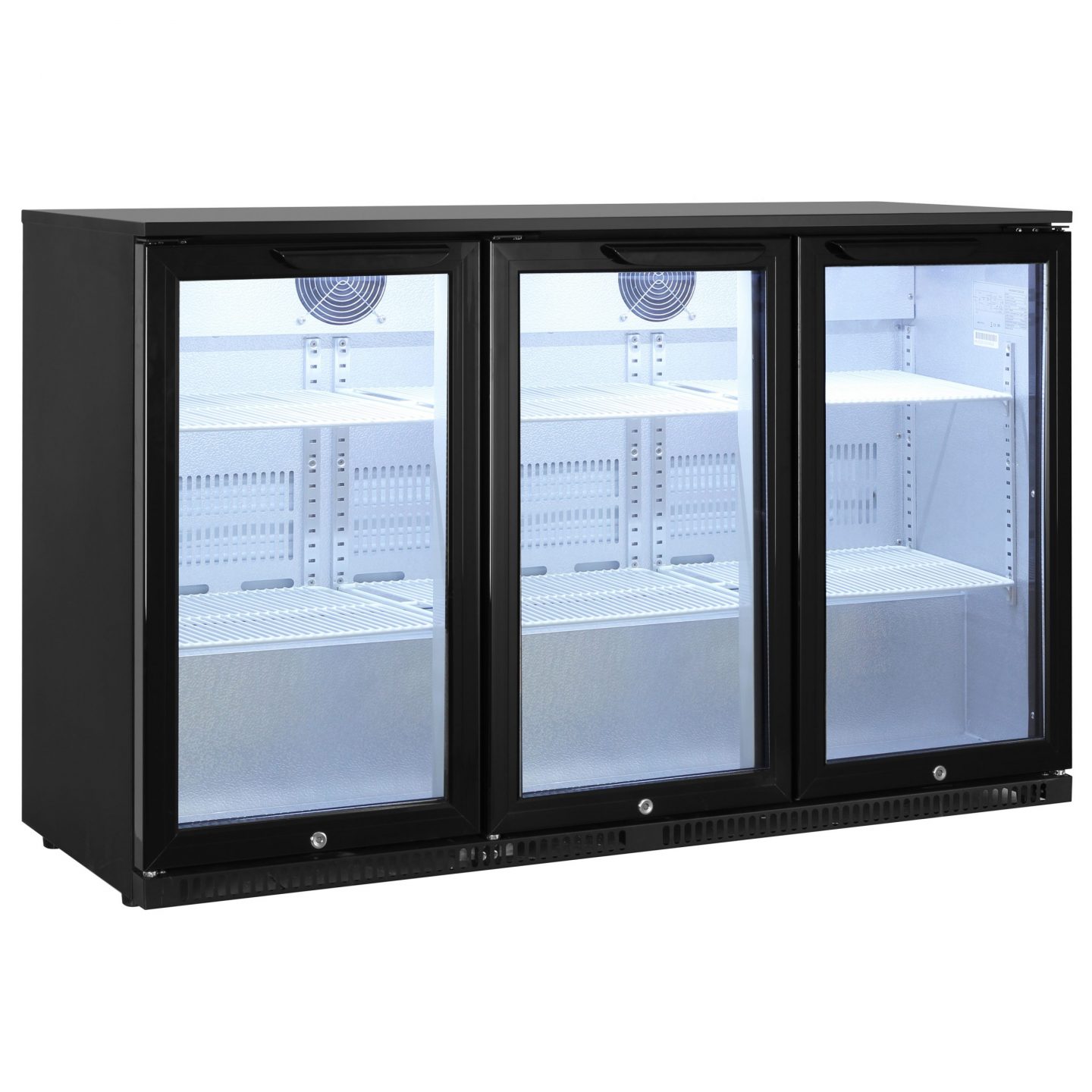Kitchen design trends come and go. Over the years, we’ve seen countless fads that have faded just as quickly as they emerged – there aren’t many kitchen trends that have real staying power.
The move towards integrated appliances, however, is one trend that falls firmly into the latter category. As interior design has evolved and tastes have shifted towards more minimalist, clutter-free styling, integrated appliances have fast become a staple of the modern kitchen. For many homeowners, they’re now seen as the default choice – and there’s no doubt at this point that they’re here to stay.
But why is this? What are the benefits of integrated appliances compared to standalone ones? And, crucially, are they the best choice for your kitchen? Those are the questions we’re going to answer below as we explore the pros and cons of built-in ovens, fridges, microwaves and more.
What are integrated appliances?
For those who aren’t already in the know, let’s briefly define what an integrated appliance is and what makes it different from a traditional, freestanding appliance.
Essentially, integrated (otherwise known as built-in) appliances are designed to be fitted directly into your kitchen units. Instead of standing directly on your kitchen floor, they’re neatly installed in place of a cupboard space. Integrated appliances often utilise your existing cupboard door too, allowing you to hide your white goods from sight and give your kitchen a streamlined, contemporary look.
Which appliances can be built into your kitchen?
Nowadays, practically any appliance you can think of comes in both freestanding and integrated form. From ovens and hobs to microwave ovens, fridges, freezers and dishwashers, virtually every piece of kitchen equipment can now be incorporated directly into your kitchen units.
Happily, these built-in models haven’t totally replaced their freestanding and ‘built-under’ counterparts: most manufacturers continue to offer both, giving buyers the opportunity to choose which style suits them best. That leads us nicely onto the meat of this blog: are integrated appliances actually the best option to go for? Let’s run through some of the benefits…
The benefits of integrated appliances
Extra worktop space
For starters, built-in appliances are a great way to declutter your worktops, creating more space in your kitchen. Because they’re built into your kitchen units instead of sitting beside them or on top of them, you’ll have more room to manoeuvre around your kitchen, more room to prepare food and more room to accommodate guests (at a breakfast bar or on a kitchen island, for instance).
Advanced functionality
Despite taking up less space than a traditional, freestanding appliance, built-in models don’t lose out when it comes to features and functionality. Their slimmer footprint still leaves plenty of room for tech, with the latest integrated models still featuring all of the same dials, switches and modes that you’d expect from a top-end freestanding model.
In short, if you opt for an integrated appliance, you won’t have to make do without the features you’ve come to expect from your current freestanding model.
Minimalist kitchen design
For decades now, kitchen design has been shifting towards a more minimalist, clutter-free approach. Most of us prefer our kitchens to look neat, tidy and organised – and integrated appliances help make this possible.
It’s no coincidence that most of the planet’s most luxurious, high-end homes come equipped with a raft of built-in appliances. It’s the best way to give your kitchen that streamlined, contemporary look you’ve always wanted.
They could add value to your home
If you add built-in appliances to your kitchen, you won’t be able to take them with you when you move house. Although that sounds like a negative, it’s often quite the opposite. If you invest in quality integrated appliances, you could add value to your home (or at least make it easier to sell). Because so many of us now prefer integrated appliances, you could be saving your buyer a job, setting your home apart from others on the market.
Are there any downsides to built-in appliances?
Although built-in white goods have plenty of advantages, there are of course some downsides to consider. We covered the first of these above: you won’t be able to easily take them with you when you move house. The same applies when you want to change up the look and feel of your kitchen; if you build all of your appliances into your kitchen units, you won’t be able to move them around easily. Once they’re installed, you’ll need a specialist to come in and move them for you.
That leads us onto another downside: the cost of installation. Unlike freestanding models, which can be fitted in a matter of minutes, integrated appliances need to be installed by a professional. As well as hooking them up to a gas, electricity or water supply, the installer will need to make sure they’re fitted securely and neatly into your kitchen units, a process that’s hardly the work of a moment. Plus, if you ever want to change your appliances, you’ll have to choose a new model that’s the same size as the old one.
Explore our range of appliances online today
Both integrated and freestanding appliances have their upsides and downsides, which is why we offer both here at Cookology. No matter which option is right for you, you’ll find plenty of options to suit your budget and needs right here on our website. From ovens and microwaves to cooker hoods, fridges and freezers, we’ve got you covered.
Check out our complete range of kitchen appliances and order yours online today.
